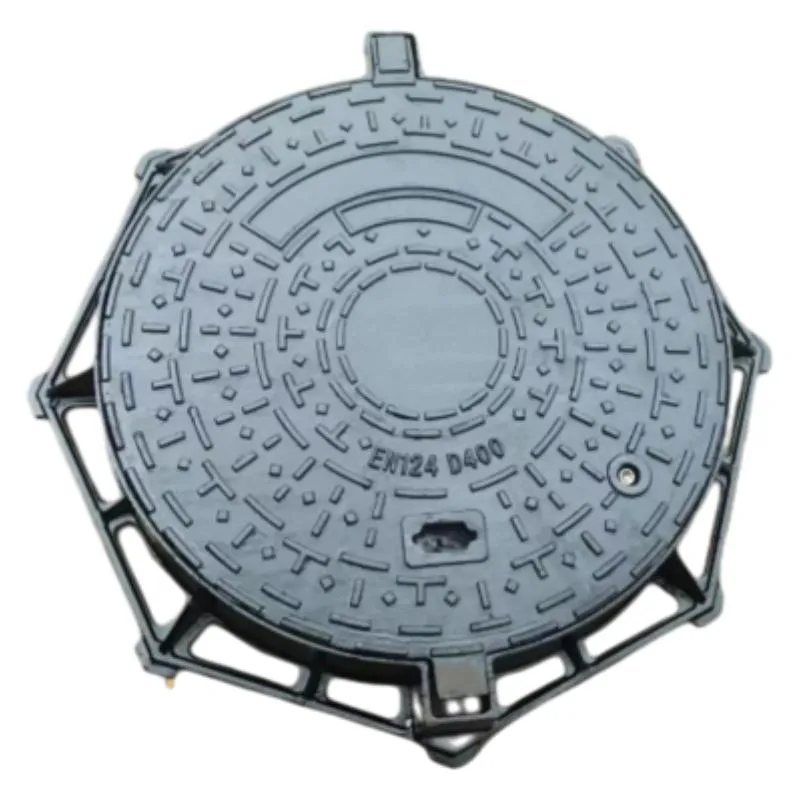gate valve open
Understanding Gate Valves Operation and Functionality
Gate valves are crucial components in various piping systems, serving primarily as on/off valves
. They are designed to allow or prevent the flow of fluids, making them indispensable in industries such as oil and gas, water supply, and wastewater management. In this article, we will delve into the workings of gate valves, particularly focusing on the 'gate valve open' position and its applications.A gate valve operates by lifting a gate-like disk out of the path of the fluid. When the valve is in the open position, the disk is fully retracted, allowing for unrestricted fluid flow. This feature is essential for applications where a full flow with minimal resistance is required. Unlike other types of valves, such as globe or ball valves, gate valves are not suited for throttling purposes; their design is optimized for isolation.
One critical advantage of a gate valve in the open position is its low pressure drop. When fully open, the gate valve provides a straight passage for the fluid, which limits turbulence and energy loss. This characteristic is particularly advantageous in large-diameter pipelines and systems requiring efficient fluid transport.
Gate valves can be operated manually or automatically, depending on the system design. Manual gate valves typically use a handwheel or wrench to turn the valve spindle, raising or lowering the gate. Automatic gate valves, on the other hand, utilize actuators that can respond to remote commands or system pressure changes. Regardless of the operation method, achieving a fully open position is essential for optimal functionality.
gate valve open

However, it is important to note that while gate valves are effective for isolating flow, their operation can have drawbacks if not managed correctly. If a gate valve is not opened fully or is only partially open, it can create significant flow restrictions, leading to pressure drops and potential damage to the system. Therefore, regular maintenance and inspection are critical to ensure that gate valves operate smoothly and fully open when needed.
In terms of materials, gate valves are typically constructed from various types of metals, such as cast iron, stainless steel, or bronze, depending on the intended application and the types of fluids they will handle. For instance, stainless steel gate valves are commonly used in the food processing and pharmaceutical industries due to their resistance to corrosion and ability to maintain hygiene standards. Meanwhile, cast iron valves might be deployed in sewage systems where strength and durability against harsh conditions are essential.
The application of gate valves extends beyond mere fluid transport; they are also used in fire protection systems, where the ability to rapidly isolate sections of a water supply can prevent excessive water damage. Similarly, in power generation, gate valves regulate the flow of water or steam, contributing to the efficiency and safety of the operation.
In conclusion, the 'gate valve open' position is a critical functional state of gate valves, facilitating unimpeded flow and ensuring effective isolation in various industries. Understanding the benefits and operational principles of gate valves allows engineers and operators to maximize their performance and longevity in complex piping systems. Proper usage and maintenance of these valves not only enhance system efficacy but also contribute significantly to safety protocols in industrial operations.
-
The Smarter Choice for Pedestrian AreasNewsJun.30,2025
-
The Gold Standard in Round Drain CoversNewsJun.30,2025
-
The Gold Standard in Manhole Cover SystemsNewsJun.30,2025
-
Superior Drainage Solutions with Premium Gully GratesNewsJun.30,2025
-
Superior Drainage Solutions for Global InfrastructureNewsJun.30,2025
-
Square Manhole Solutions for Modern InfrastructureNewsJun.30,2025
-
Premium Manhole Covers for Modern InfrastructureNewsJun.30,2025
